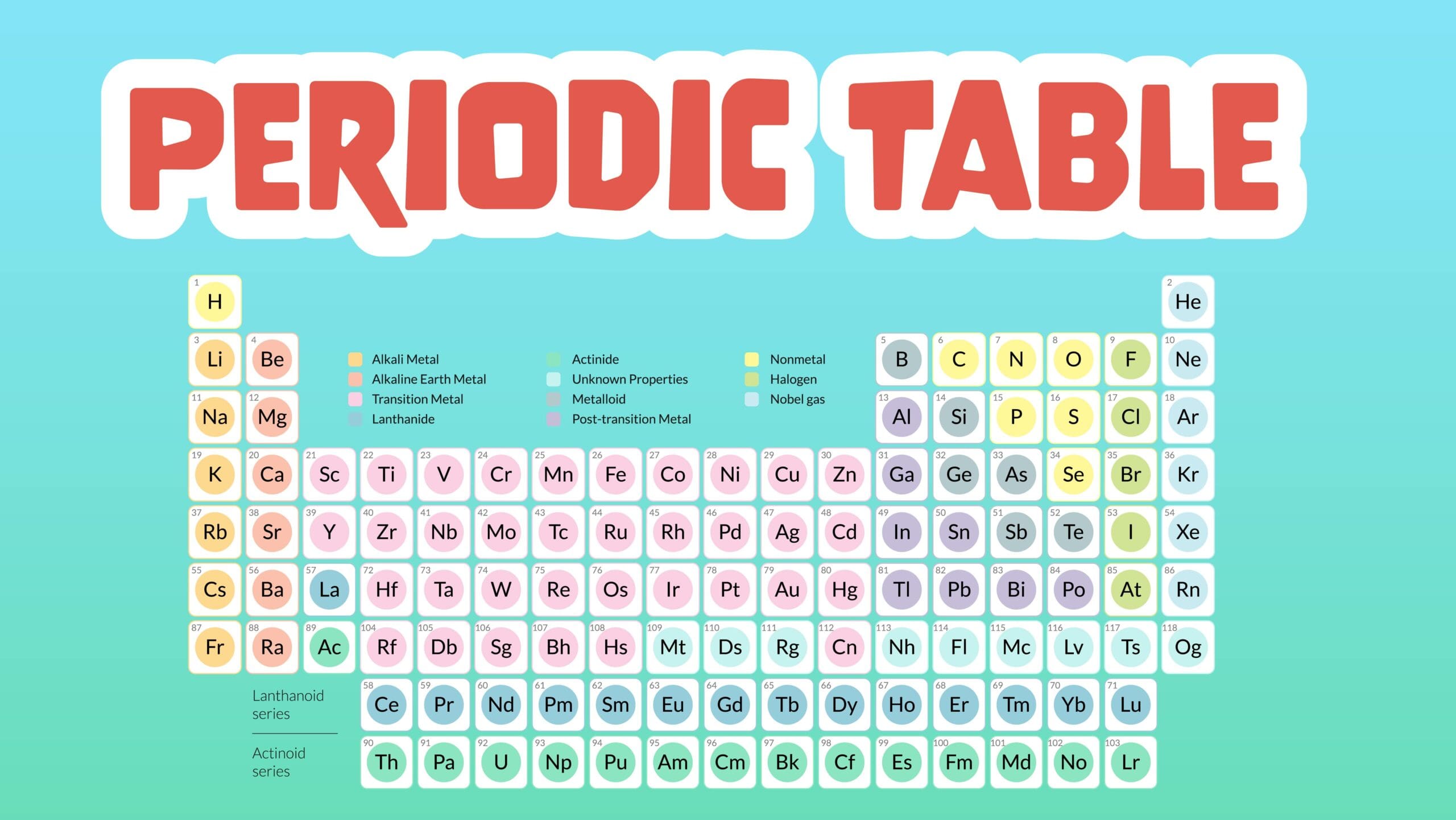
Thomas Hardy: 7 Astounding Facts
Thomas Hardy (2 June 1840–11 January 1928)
He was an English novelist, poet, and realist writer of the Victorian era. He was influenced by Romanticism, especially by the writer William Wordsworth. Charles Dickens was also a significant influence on his work, and like Dickens, Hardy was concerned with critiques of Victorian society, but the latter focused more on the rural class.
Hardy is considered one of the realist writers of the Victorian era. He studied the social contradictions in the lives of those living in Victorian England and criticized the prevailing opinions and beliefs at that time. He also criticized traditions and thoughts related to marriage, education and religion. These beliefs stifled people’s lives and caused them misery and suffering, and were the main focus of Hardy’s work.
The writer was also known for standing against the social rules that separate the different classes of society. This is clearly shown in the novel Two on a Tower. Fate and luck are other important themes in Hardy’s writing, such as Away from the Crowd, which would have taken a very different turn were it not for the element of luck.
Hardy initially wrote a set of poems, but his first poetry collection was published in 1898. He initially gained added more fame as a novelist than a poet through novels: Far From the Bustle of Life (1874), The Mayor of Casterbridge (1886), Tess from the d’Urbervilles (1891), and Jude the Obscure (1895).
Nevertheless, during the 1950s, his poetry was considered comparable to his novels as it had an evident influence on the poets’ movement during the 1950s and 1960s. Most of Hardy’s work takes place in Wessex, a province of the writer’s imagination, in which a group of characters battle his destiny and the circumstances of life.
Early Life
Thomas Hardy was born on 2 June 1840 in Higher Bockhampton, East Dorchester, in Dorset, England. His father was Thomas Hardy, and his mother, Jemima Hardy, was of comprehensive intellectual knowledge. She took up the task of educating her son until he went to school in Bockhampton when he was eight years old. He went to an academy for young gentlemen in Dorchester for several years to learn Latin, where he excelled.
The Hardy family could not afford his college tuition, so he quit studying at the age of 16. He then apprenticed to a local architect before moving to London in 1862 to join King’s College. During his stay in London, he showed an interest in social reform and the work of John Stuart Mill. Hardy subsequently received awards from the Royal Institution of Engineers. His friend from Dorset, Horace Moll, introduced him to Charles Fourier’s and Auguste Comte’s works.
Personal Life
After five years of living in London, Hardy returned to Dorset and settled in Weymouth, as he had never felt comfortable in London, given the widespread class at the time and decided to devote himself to writing. In 1870, during restoration works at St. Juliot’s church in Cornwall, Hardy met Emma Lavinia Gifford and married her in 1874.
Despite the tension that prevailed in his relationship with his wife, her death in 1912 had a significant impact on him, so he travelled to Cornwall to visit places that reminded him of his late wife. His poems, which he wrote between 1912 and 1913, reflect his feelings about this painful incident. In 1914 Hardy remarried his secretary, Florence Emily Dugdale, who was 39 years his junior.
Early Writings
In 1867, Hardy finished writing his first novel, The Poor Man and the Lady, but he failed to find a publisher for the novel to present it to his relatives and friends. After a piece of advice from a friend, Hardy decided never to try to publish the novel because of the political controversy it would provoke. He even destroyed his own manuscripts for the content of this work.
Hardy then wrote two new novels, Desperate Remedies (1871) and Under the Greenwood Tree (1872), published anonymously. In 1873, Hardy wrote A Pair of Blue Eyes depicting his relationship with his first wife, which was published under his name.
Literary Peak
In his 1874 novel Far from the Madding Crowd, Hardy first addressed the idea of a fictional region in western England called Wessex, the name of an ancient Saxon kingdom located roughly in the same area of England. This novel was a success that allowed Hardy to give up his work as an engineer and continue his literary career. Hardy wrote more than ten novels within the following 25 years.
The Hardy family moved from London to Yeovil and then to Sturminster Newton. There, he wrote The Return of the Native (1878), followed by the romantic story Two on a Tower in 1882. Later, in 1885, the family moved for the last time, this time to Max Gate, near Dorchester, where he wrote novels: The Mayor of Casterbridge (1886), The Woodlanders (1887) and Tess of the D’Urbervilles (1891). He became a member of the Order of Merit and was also nominated for the Nobel Prize in Literature.
Jude, the Obscure, published in 1895, was met with more negative reactions than its predecessor because of its controversial topics of sex, religion and marriage, which even raised the fears of Hardy’s wife, Emma, that the novel would be read as her husband’s autobiography. Despite all these criticisms, Hardy’s fame increased during the early 20th century, with the publication of another novel, Well-Beloved, in 1897.
Poetry
Thomas Hardy published his first poetic collection in 1898, called Wessex Poems, a collection of poems written over a period of 30 years. During the 20th century, Hardy published only one book of poetry. Hardy wrote in various poetic forms, including lyric, ballad, satire, dramatic monologue and dialogic poetry.
Hardy wrote war poems dealing with the Boer Wars and World War I, such as Drummer Hodge, In Time of The Breaking of Nations and The Man He Killed, and these poems had a profound influence on other war poets such as Robert Brooke and Siegfried Sassoon.
One of Hardy’s signature poems is Satires of Circumstance (1914), which he wrote immediately after the death of his wife Emma in 1912. Poems such as The Voice and After a Journey, many others, are considered the pinnacle of Hardy’s poetic creativity.
Hardy became a great poet after the death of his wife, Emma, and the epitaphs he wrote for his wife are described as the most genuine and most potent in English poetry. Disappointment in love and life, cruelty and sarcasm are vital elements in many of Hardy’s poems. Many of his poems were turned into songs that people sing.
Although his poetry initially did not achieve the same success as his novels, Hardy is currently considered one of the greatest poets of the 20th century. His poetry profoundly influenced several writers later, such as Robert Frost, Auden, and Dylan Thomas, perhaps the most influential of them is Philip Larkin.
Samples of His Poetry
- The Voice: In this poem Hardy recalls Emma’s voice, desperately wishing to see her again the way she used to be when they first knew each other:
“Can it be you that I hear? Let me view you, then,
Standing as when I drew near to the town
Where you would wait for me: yes, as I knew you then,
Even to the original air-blue gown!”
2. Departure:
“While the far farewell music thins and fails,
And the broad bottoms rip the bearing brine –
All smalling slowly to the gray sea-line –
And each significant red smoke-shaft pales,
Keen sense of severance everywhere prevails,
Which shapes the late long tramp of mounting men
To seeming words that ask and ask again:
‘How long, O striving Teutons, Slavs, and Gaels
Must your wroth reasonings trade on lives like these,
That are as puppets in a playing hand? –
When shall the saner softer polities
Whereof we dream, have sway in each proud land
And patriotism, grown Godlike, scorn to stand
Bondslave to realms, but circle earth and seas?”
3. Song of Hope:
“O sweet To-morrow! –
After to-day
There will away
This sense of sorrow.
Then let us borrow
Hope, for a gleaming
Soon will be streaming,
Dimmed by no gray –
No gray!
While the winds wing us
Sighs from The Gone,
Nearer to dawn
Minute-beats bring us;
When there will sing us
Larks, of a glory
Waiting our story
Further anon –
Anon!
Doff the black token,
Don the red shoon,
Right and retune
Viol-strings broken:
Null the words spoken
In speeches of rueing,
The night cloud is hueing,
To-morrow shines soon –
Shines soon!”
4. No Bell-Ringing: A Ballad of Durnover
“The little boy legged on through the dark,
To hear the New-Year’s ringing:
The three-mile road was empty, stark,
No sound or echo bringing.
When he got to the tall church tower
Standing upon the hill,
Although it was hard on the midnight hour
The place was, as elsewhere, still;
Except that the flag-staff rope, betossed
By blasts from the nor’-east,
Like a dead man’s bones on a gibbet-post
Tugged as to be released.
‘Why is there no ringing to-night?’
Said the boy to a moveless one
On a tombstone where the moon struck white;
But he got answer none.
‘No ringing in of New Year’s Day.’
He mused as he dragged back home;
And wondered till his head was gray
Why the bells that night were dumb.
And often thought of the snowy shape
That sat on the moonlit stone,
Nor spoke nor moved, and in mien and drape
Seemed like a sprite thereon.
And then he met one left of the band
That had treble-bobbed when young,
And said: ‘I never could understand
Why, that night, no bells rung.’
‘True. There’d not happened such a thing
For half a century; aye,
And never I’ve told why they did not ring
From that time till to-day…”
Hardy’s Death
Hardy fell ill with pleurisy and died on 11 January 1928. His funeral was held in Westminster Abbey, and his ashes were laid in the Poets’ Corner of the same monastery. His heart was buried in Stanford alongside his wife Emma, although Hardy previously stated that he wanted to be buried alongside his first wife at Stanford.
Shortly after his death, his letters and notes were cremated, but 12 documents that survived the cremation contain notes and snippets of newspaper stories from the 1820s, and research on the latter confirmed that Hardy used them in his works. Mrs Hardy, his second wife, published a book entitled The Early Life of Thomas Hardy, 1841-1891, containing many notes, letters, diaries, and other information from her conversations with him during their marriage years.
If you enjoyed this content why not dive into some more historical eras – check out these articles: Ancient Rome, Ancient Egyptians – The First Woman Pharaoh, Greek Mythology – Medusa, Native American History. Victorian Era, Ibn Khaldun or Celts.
Why not subscribe to our LearningMole Library for as little as £1.99 per month to access over 1000 fun educational videos.


Leave a Reply